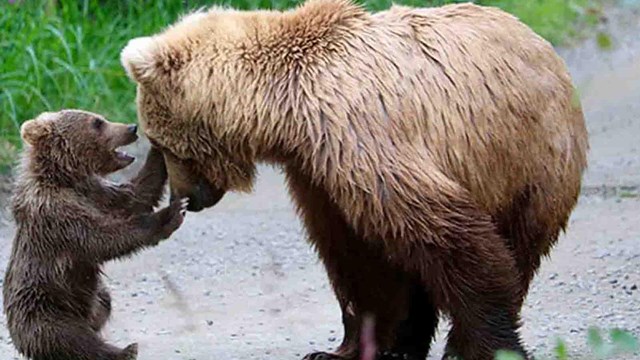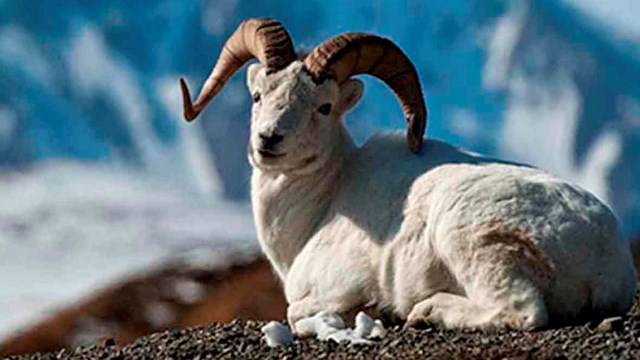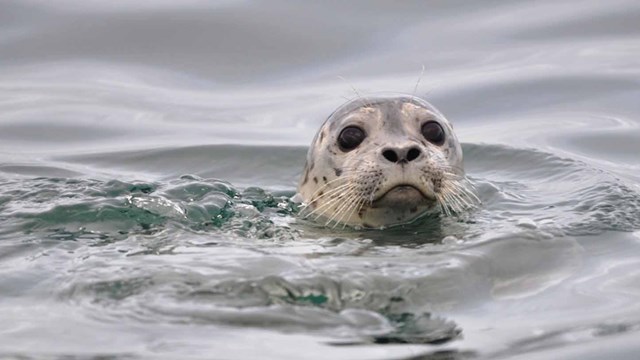Preserving the natural composition, abundance, diversity, and processes of Alaska’s parks is fundamental to the mission of the National Park Service. It provides the opportunity for the public to observe wild lands in an unimpaired state now and in perpetuity. Further, these areas offer unique opportunities to conduct scientific studies on natural systems and can serve as a sentinel for changes impacting our world.
Sport hunting in national preserves was established under ANILCA and continues today. Learn more about Alaska's wildlife regulations and view an interactive story map.

Learn more about bears in Alaska.

Looking into the rocky faces of Alaska's mountains, you may see the striking white coats of Dall's sheep.

Muskoxen can withstand the brutal cold winds of the Arctic tundra.

While moose are plentiful and commonly sighted in Alaska, it is always a thrill to see them.

Alaska has abundant bird species from migratory birds, shorebirds, and sea birds.

Caribou are the nomads of the north, making seasonal migrations up to 400 miles in length and traveling as much as 50 miles a day.

There are whales, seals, sea otters, and many other marine wildlife species in Alaska.

Some visitors to Alaska are lucky enough to hear or see wolves.

Learn about all the other species of amazing Alaskan wildlife.

Alaska has some of the most amazing animal migrations on the planet.
Last updated: February 15, 2022
